Challenge to actually culture neurons to 'play games with neurons'

In order to let neurons play games, science YouTube channel with 1.29 million subscribers
Growing Rat Neurons... To Play Video Games?-YouTube
The human brain is one of the greatest computers in the universe.

Generally speaking, the human brain is estimated to consist of 86 billion neurons and more than 90 billion glial and other cells connected by trillions of wires. Therefore, the brain is considered one of the most excellent learning machines known to mankind.
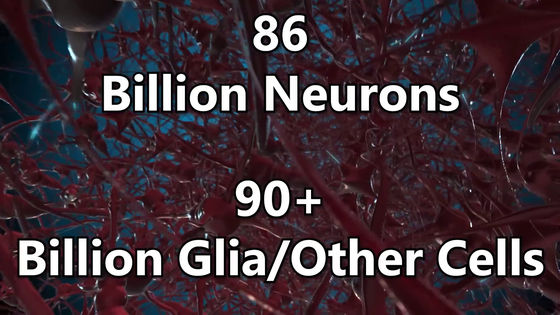
Humans have very good brains, but even a few neurons can learn complex behaviors. For example, hundreds of neurons can control microscopic creatures like tardigrades, tens of thousands of neurons can control insects, and billions of neurons can control math and art. It is said that it will be possible to learn.

What if we could connect these neurons to a computer and grow them?
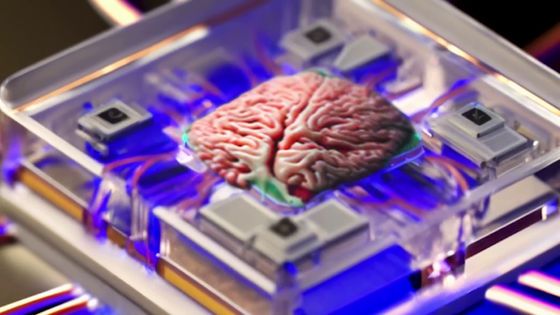
In that case, humans may be able to use neurons as a tool to control things. In addition, it seems that live neurons are at least theoretically much more capable of learning than the ``simulated neurons'' used by AI.
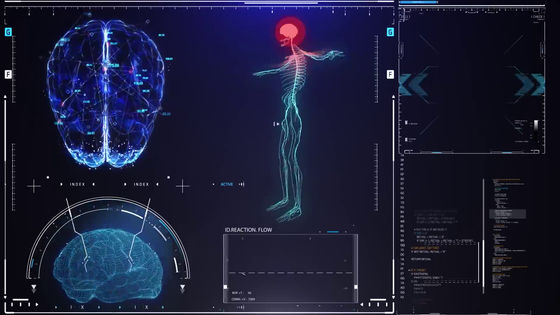
Therefore, The Thought Emporium is developing a 'neural multi-electrode array' as a research to utilize living neurons.
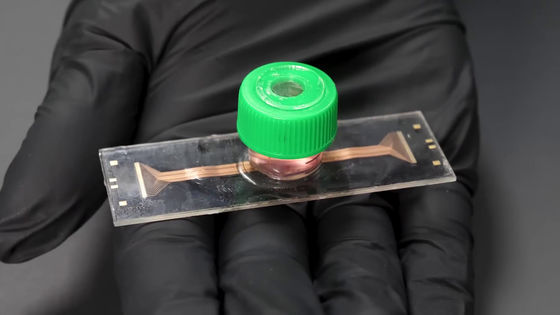
It has many tiny electrodes on which tens of thousands of living brain cells can grow. The electrodes of the neural multi-electrode array are not mere decorations, they are designed to be connected to a computer.
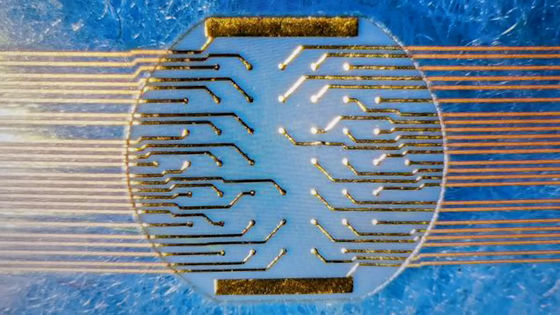
And The Thought Emporium aims to connect neural multi-electrode arrays to computers and let neurons play DOOM.
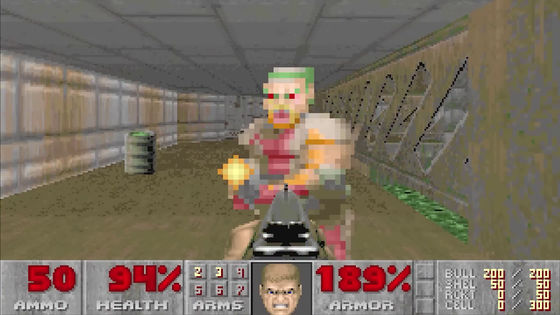
This may sound impossible, but The Thought Emporium claims it's actually doable. For example, a research group at the University of Florida has succeeded in piloting an airplane in a simulation using rat neurons.

Another attempt to control small robots using living neurons has been realized in a project led by the University of Reading in the UK.
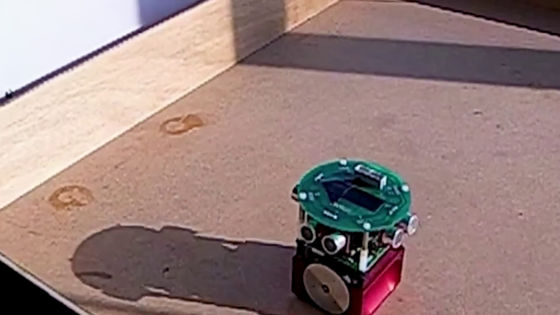
Based on these previous studies, ``The important thing is that neurons are small prediction machines, and by properly designing the stimulus they give, they can theoretically learn to be able to control anything,'' says The Thought. Emporium claims.

Regarding the reason for playing DOOM using neurons, The Thought Emporium explains, 'Because DOOM is a sufficiently complex task.'
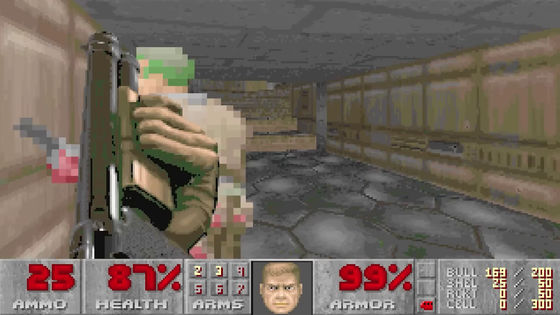
DOOM is rendered as if the game screen were in 3D, but the characters controlled by the player can be represented as arrows, enemies as circles, and obstacles as shapes on a 2D map.

Also, DOOM only allows you to shoot the gun in the center of the screen, and the character can roll forward, backward, left and right, fire the gun, change weapons, and interact with buttons and objects.
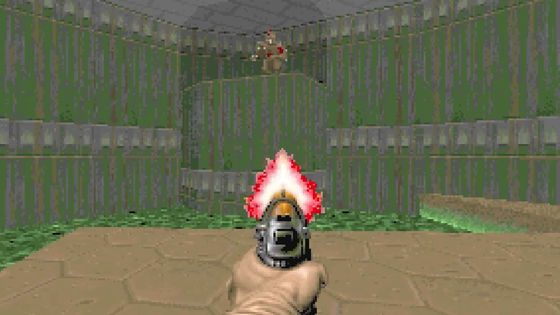
When playing such DOOM using neurons, neurons perceive whether there are enemies near the character, check if there is something around the character that can be interacted with, check if there is a wall nearby, etc. You have to understand.
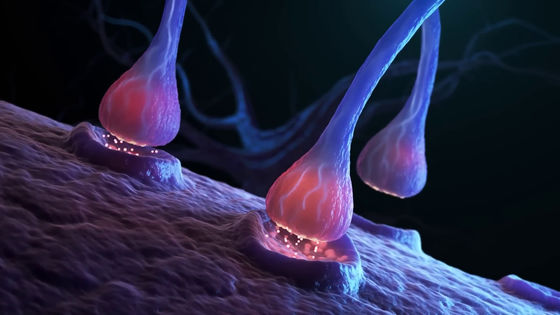
One thing to know here is that neurons like or dislike certain electrical noises. Specifically, neurons prefer ``easily predictable repetitive electrical noise'' such as simple electrical noise and repeated electrical noise.

By applying this, it is possible to make neurons recognize enemies on DOOM. By emitting electrical noise from different directions as follows, it is ``quite easily possible'' to grasp the position of the enemy and the player. In addition, it seems that this is similar to the mechanism of a real missile. In addition, it is also possible to deal with multiple enemies by programming such as 'If there are multiple enemies, attack the closest enemy first'.
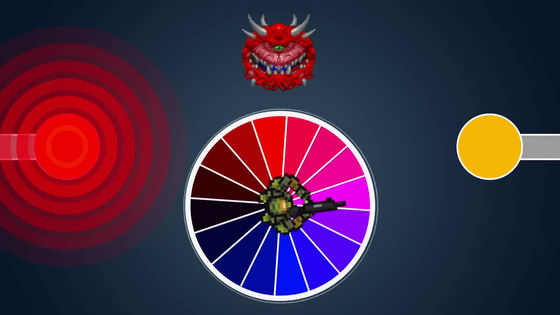
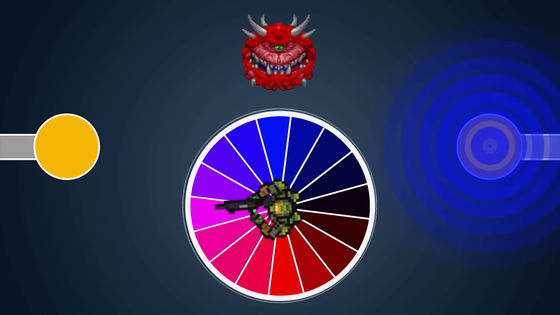
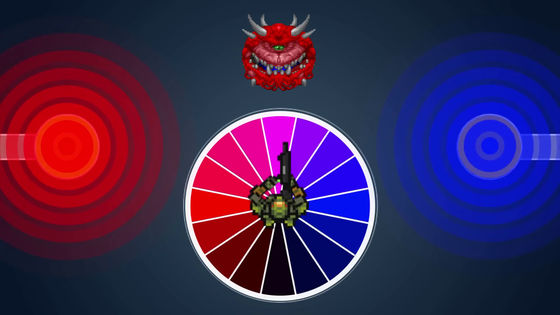
A lot of information can be obtained by using electrical noise in this way. However, doing complex actions like playing DOOM requires a lot of tuning, and it takes a lot of time to learn each neuron response.
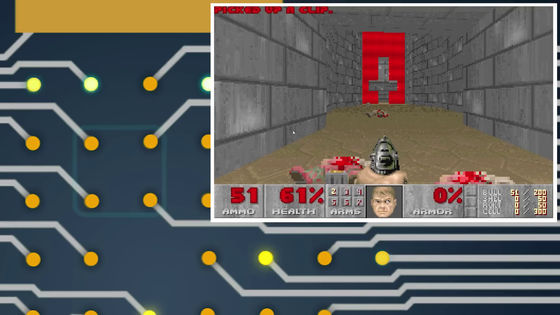
However, based on this idea, The Thought Emporium argues that it will be possible to let neurons play games. By emitting an electrical noise that neurons like each time you kill an enemy, or emitting an electrical noise that neurons dislike when you enter a dangerous place or your health decreases, 'neuron training accelerates. I hope we can move forward.”
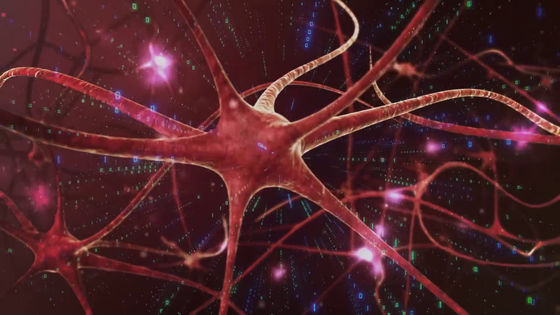
However, in order to realize this, it is necessary to first create a 'neural multi-electrode array'. In addition, we will also need to culture live neurons operating within neural multi-electrode arrays and develop software that acts as a bridge to interpret the signals collected from the neurons and transmit them to the array.
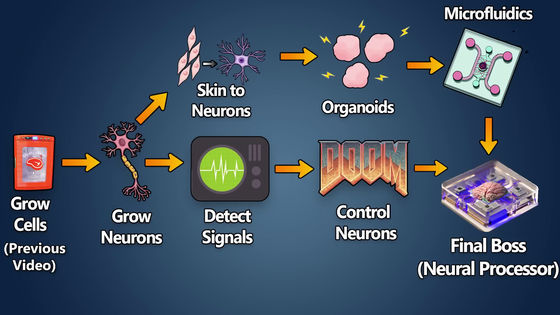
In this video, we are trying to 'cultivate living neurons' in this. Regarding the culture of neurons, The Thought Emporium wrote, ``I have read countless papers, but what I have found is that no one knows the best way to grow neurons.'' In other words, there is no other way than to actually culture neurons and obtain knowledge.
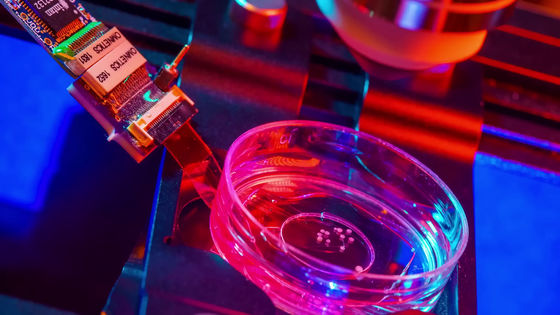
Neurons to be cultured can be purchased. It seems that commercially available neurons are delivered frozen with dry ice.
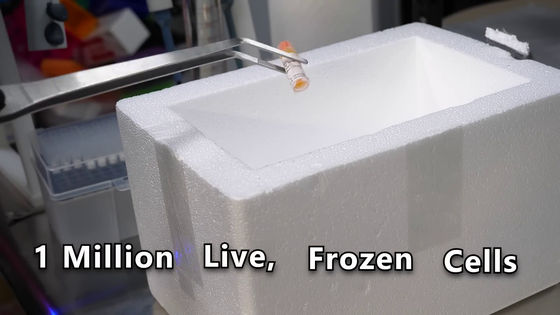
There are also human neurons derived from stem cells, but it seems that using rat neurons is superior in terms of cost.
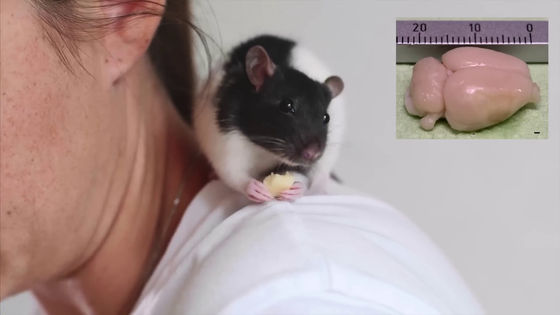
However, once a neuron is placed on a culture dish or well plate, it cannot be manipulated thereafter. Too many or too few neurons will cause problems, so The Thought Emporium decided to culture neurons in 12 well plates and calculate the density based on the amount of each cell.
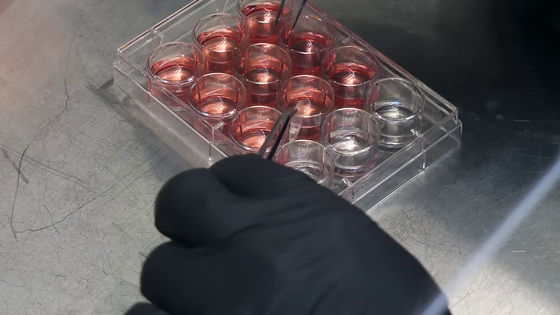
And, as an array for placing cultured neurons, The Thought Emporium adopts a transparent PET film.
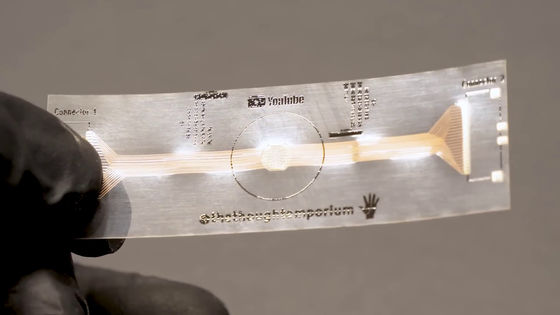
Initially, he thought that a transparent electrode would be completed by sticking a PET film to glass, but it seems that the electrode using PET film did not function like an ordinary printed circuit board. Therefore, we are creating an array in which the metal is sandwiched between two PET films. However, if the electrode is too small, it will not be possible to adhere the PET film well, and if the electrode is too large, the electrical noise from the neurons will be averaged, so there seems to be a problem that nothing can be detected. Therefore, it seems that it was finally decided to use electrodes coated with epoxy resin.
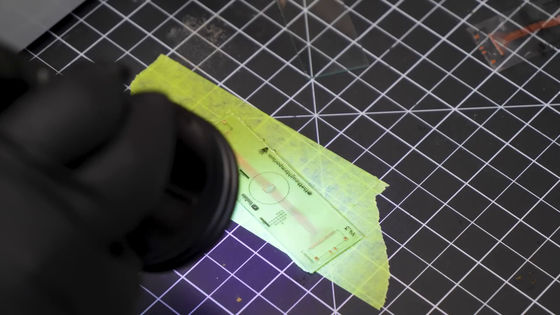
This is about the size of the array using PET film compared to the Canadian 25 cent coin.
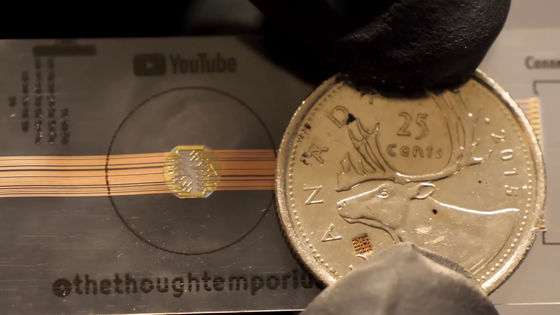
Neurons are cultured in a cylindrical part placed on top of this array.
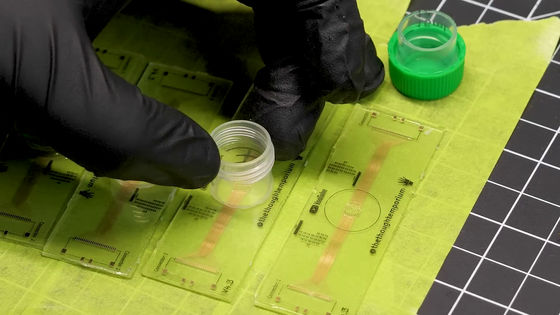
In order to culture neurons, it is necessary to prepare a suitable culture medium. The Thought Emporium uses

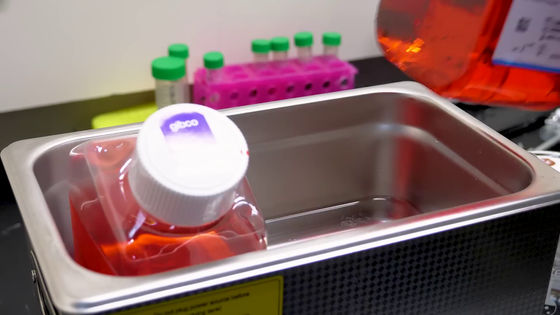
Add

Before inserting neurons into the array, first check for leaking arrays. Rinse the array.
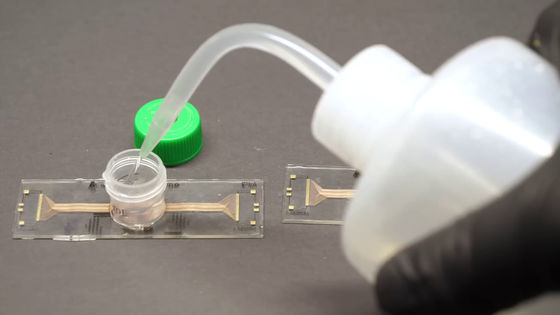
If there is a leak, wash it with water and sterilize it with 99% high-concentration ethanol.
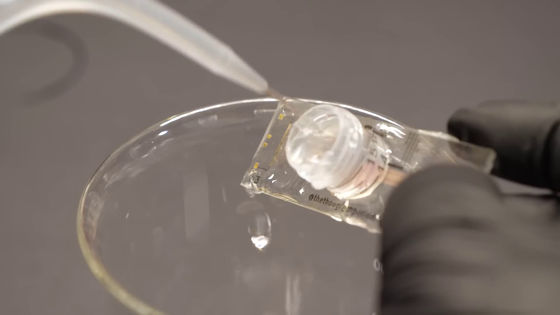
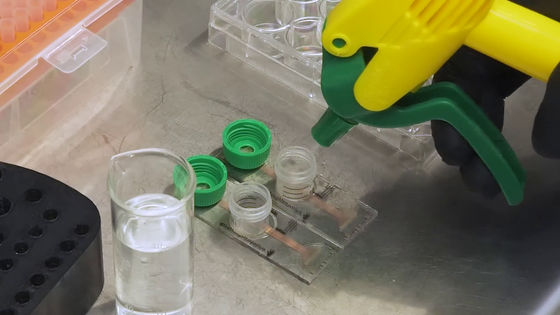
Next, put in a mixture of alcohol and 3% hydrogen peroxide. After a few minutes of soaking, drain the liquid and wash several times with sterile water.

Then place a glass cover sleeve on the bottom of the well plate. This cover sleeve is a thin disc and is very fragile and must be handled with care.

By removing this cover sleeve from the well plate during neuron culture, it is possible to observe neurons under a microscope during culture.
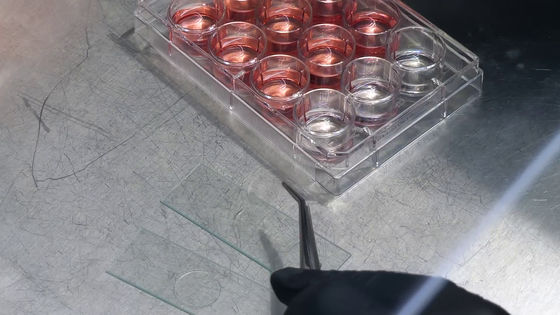
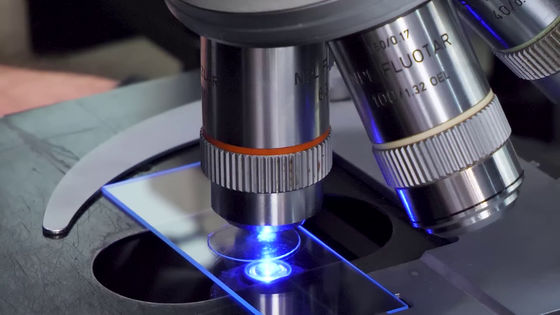
The last thing you need to do before adding neurons is to coat the entire well plate with a polymer called polylysine. This work is very easy, just adding 1 ml of the pre-made solution to the well plate and array is OK. It should be noted that the polylysine should be allowed to sit for at least one hour and then rinsed several times with sterile water.
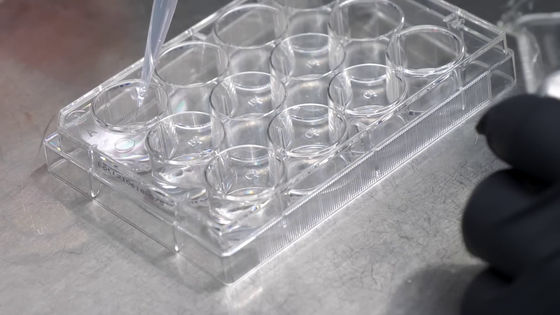
When preparations are complete, put 1 ml of culture solution into the array and 2 ml of culture solution into the well plate.
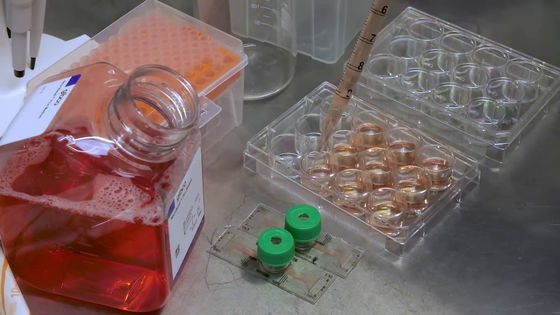
Then put it in
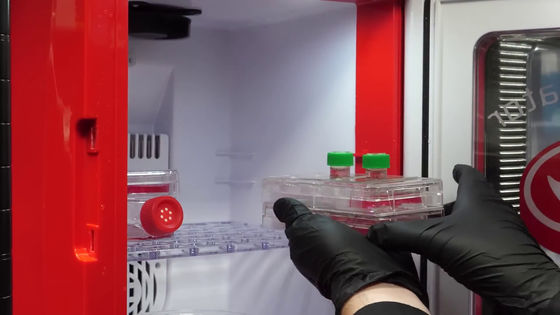
Rapidly thaw neurons during this time.
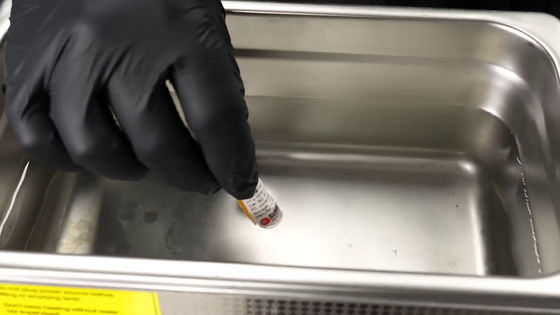
Then spray the neurons onto the culture dish.
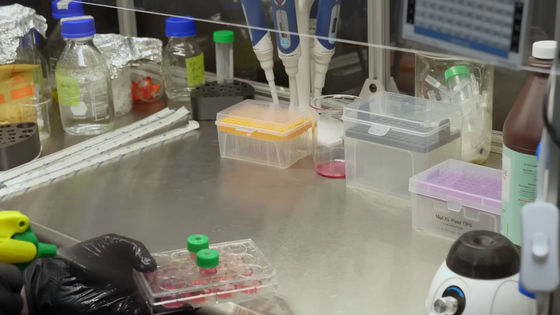
It seems that 1 million neurons are contained per 1 ml of liquid containing neurons.
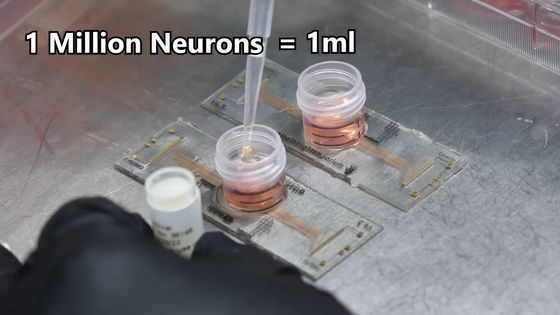
The results of microscopic observation of the neuron culture on the first day are as follows.
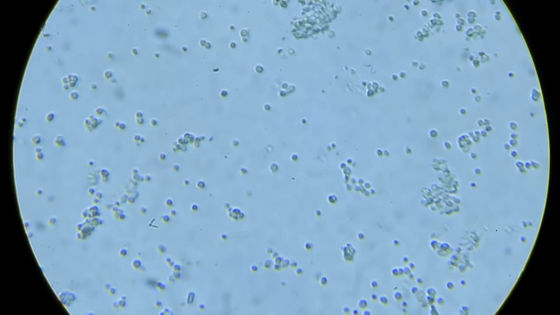
Neurons grow larger over time, forming bundles of hundreds or thousands of dendrites. It can be seen that a high-density neuronal network is formed after 2-3 days of culture.

If you want to make it easier to observe the state of neurons, you can use a dye called

'The result was a great success' because it succeeded in growing neurons, The Thought Emporium.
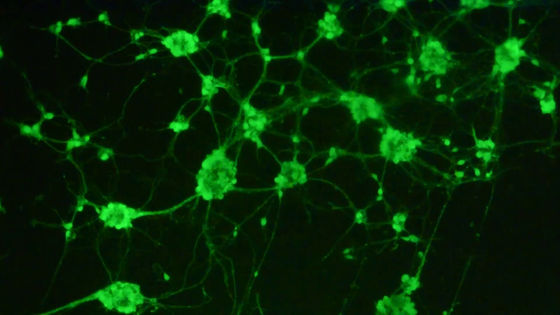
Analysis of the results of spraying and culturing various amounts of neurons revealed that for the Thought Emporium culture method, approximately 15,000 neurons per square cm were adequate.
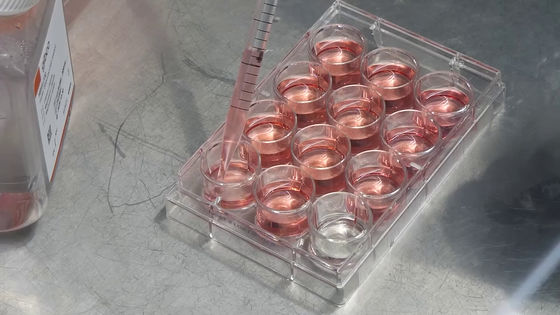
As a result of actually culturing neurons, we obtained the knowledge that ``neurons grow correctly'', but the bad news is that ``staining neurons destroys the array'' and ``even though we set up a window to observe neurons, we can observe them. Thought Emporium explains that problems such as 'the range is quite limited' were revealed.
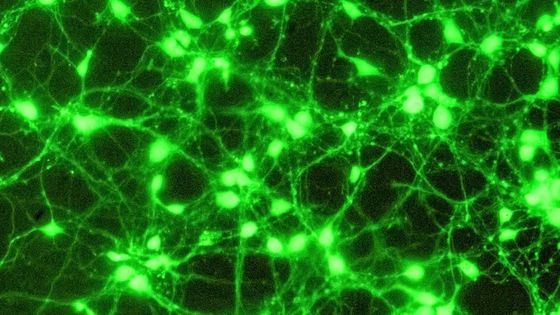
Still, The Thought Emporium is satisfied with the neuron culture results, and plans to continue further research to make neurons play DOOM in the future.
Related Posts:







